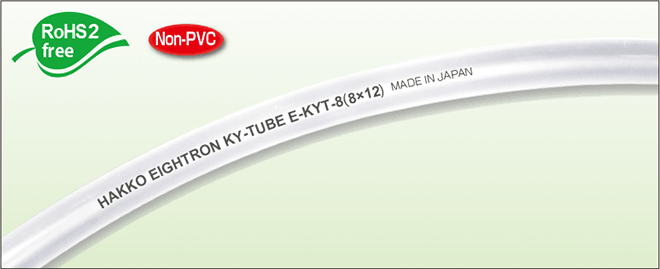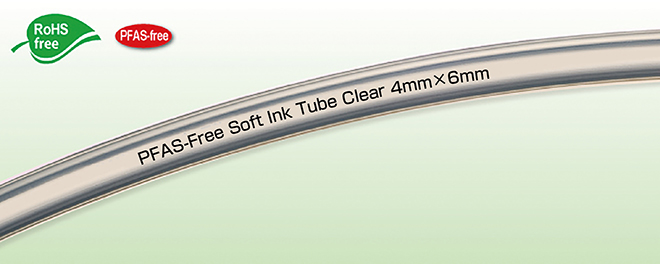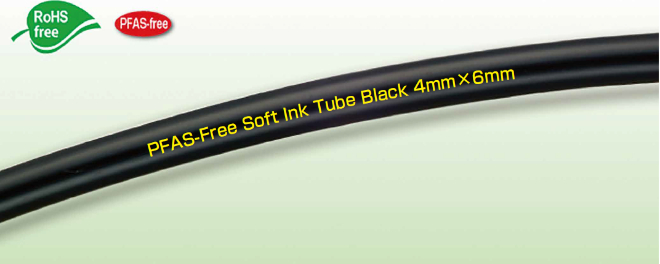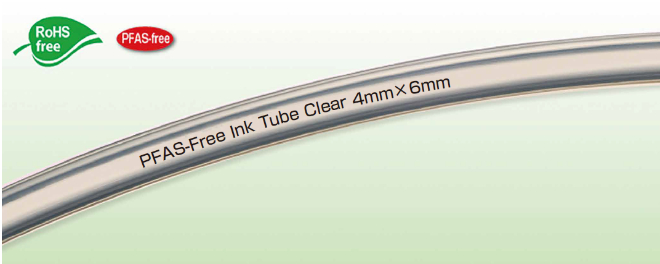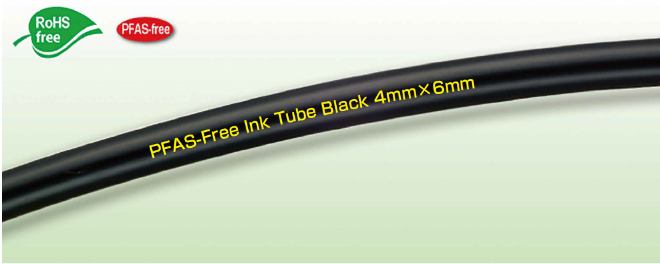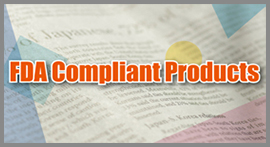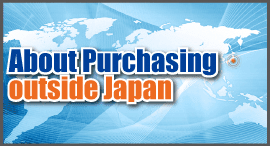Views on PFAS Regulations and PFAS-Free Product
[ About PFAS ]
PFAS is a generic term for perfluoroalkyl compounds and polyfluoroalkyl compounds. A PFAS is defined as a fluorinated substance containing at least one fully fluorinated methyl or methylene carbon atom (no H, Cl, Br, or I atom attached). This definition is identical to the OECD definition published in 2021 (*1), with a few exceptions: chemicals with at least one perfluorinated methyl group (-CF3) or one perfluorinated methylene group (-CF2-) are recognized as PFAS.
*1: OECD Definitions (Supplement)
In the Organization for Economic Co-operation and Development (OECD) report (2018), about 4,700 substances were identified, but in 2021 the definition was revised as follows: "fluorinated substances containing at least one fully fluorinated methyl or methylene group (no H, Cl, Br, or I atom attached to the carbon atom to which the fluorine is attached). The list of fluorinated substances is not given, but the list of specific substances is given. Each country and agency has been discussing how these substances should be managed.
[ Trends in PFAS Regulations ]
There is a movement to restrict more than 10,000 substances as "PFAS" under the REACH regulation. On January 13, 2023, ECHA (European Chemicals Agency) announced that it had received a proposal from five countries (Denmark, Germany, the Netherlands, Norway, and Sweden) to regulate PFAS based on the REACH regulation. The regulation will be issued at the end of 2025 at the earliest, and it will start in 18 months (1.5 years) after the regulation is effective. Public comments are also being provided on the special exceptions (grace period) for each use.
[ HAKKO Response ]
HAKKO agrees with the opinions of the Fluorochemical Products Council of Japan (FCJ) and the Japan Fluoropolymers Industry Association (JFIA). We submitted a public comment appealing for the necessity of fluoropolymers. We are concerned about specific PFAS (such as PFOS and PFOA) that are hazardous to health. However, we believe that fluoropolymers, which have been used safely until now, should be regulated after the detailed risk assessment of one by one, instead of restricting them all together.
In addition, based on an international treaty (Stockholm Convention on Persistent Organic Pollutants [POPs Convention]), it has been decided that PFOS and PFOA were elimiated in 2009 and 2019 respectively. In Japan, the Chemical Substances Control Law (concerning the evaluation of chemical substances and regulation of the manufacture) prohibits the manufacture and import PFOS in 2010 and PFOA in 2021. PFHxS is also being regulated and is registered on the candidate list for authorization as a substance of very high concern (SVHC) under the REACH regulation. HAKKO products do not intentionally use PFOA, PFOS, and PFHxS and are compliant with various regulations. We will continue to monitor the trend of PFAS regulations to obtain the latest information.
Last Updated on October 4, 2023

